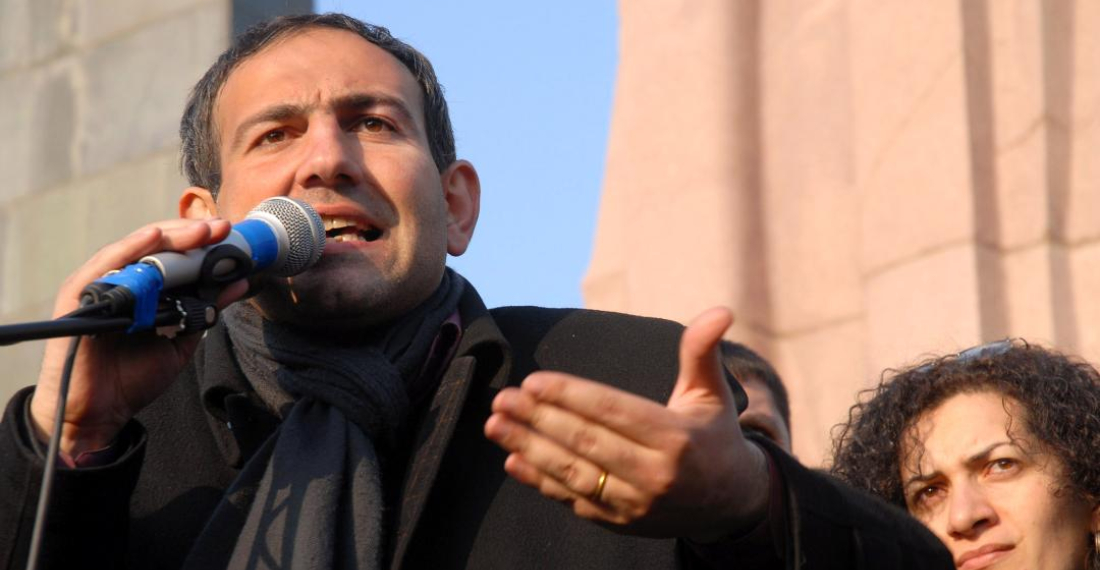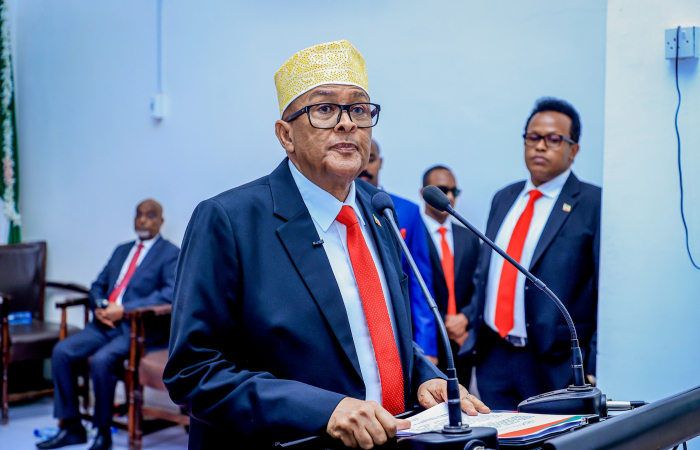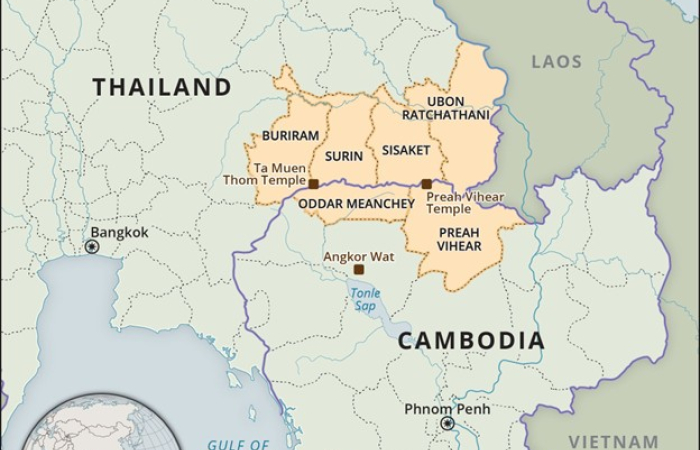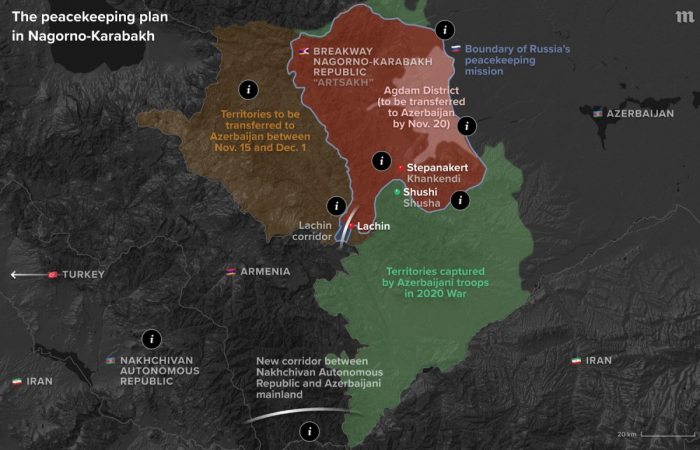When Nikol Pashinyan embarked on a march from Gyumri to Yerevan at the end of March 2018 to prevent then President Serzh Sargsyan from clinging onto power, few believed he would succeed. Pashinyan was joined by a small group of allies as they made their way to the Armenian capital. Against all odds, Pashinyan’s gambit worked and is the country's premier today. For those that have followed his career to date, that shouldn't have come as a surprise.
A renegade activist and sensationalist newspaper editor that had been fined and beaten under both Kocharyan and Sargsyan, Pashinyan’s perseverance has been remarkable, including when his car was firebombed in 2004. Nonetheless, it wasn’t until just before the 2007 parliamentary elections that I started to closer cover his activities with the then Aylentrank (Alternative) movement.
Marching through central Yerevan, Pashinyan disobeyed police orders to stay off the road and to use the pavement instead. At times I remember that it seemed Pashinyan was up for a physical confrontation more than the police who usually backed down. Even on 1 March 2008, when a protest tent camp in Liberty Square was violently dispersed earlier that morning, it was Pashinyan that led opposition supporters reassembled in Yerevan’s Myasnikyan Square despite the overwhelming odds.
Walking through Republic Square to what would become the last stand against Kocharyan passing on power to Sargsyan following a disputed presidential election a less than two weeks earlier, I remember the sight of burly men transporting armfuls of semi-automatic weapons from their black SUVs into the main government building in anticipation of what was to come that evening. My gut feeling was that it would all end in blood – and it did.
As the government prepared for the mayhem that would follow, Pashinyan was instead organising the makeshift blockades he hoped would prevent the inevitable assault by security forces later. In an almost surreal scene, Pashinyan seemed unfazed, even taking time out to greet me before resuming preparations for the battle ahead. That evening, ten people were killed, a state of emergency declared, and the army called out onto the streets.
Pashinyan went into hiding until his arrest, imprisonment, and later amnesty in 2011. Undaunted, he was eventually elected to parliament.
Last week, Pashinyan took another bold step, addressing the nation in an hour long broadcast detailing his concept for a “Real Armenia” that would empower the population while likely seeking to normalise relations with Azerbaijan and Turkiye. In the first of fourteen points, this included changing the constitution, something that Pashinyan has sought to do since taking office in 2018. This time, however, a new constitution would replace the discredited versions that came before it.
His critics suspect that the removal of a controversial preamble referring to “nation-wide objectives” enshrined within the 1990 Declaration of Independence for the “reunification” of Armenia with the former Nagorno Karabakh Autonomous Oblast (NKAO) will be part of it. Throughout last year, Azerbaijan has consistently pointed to it as a major obstacle in normalising relations even though it could prove difficult to pass.
In Armenia, a referendum is adopted if more than half of those participating, but not less than a quarter of the electorate, vote in favour. Moreover, even in 2020 during his earlier aborted attempt to amend it, one young woman was filmed on the metro tearing up the pamphlet handed to her by Pashinyan before throwing it back in his face. Today, the opposition is already urging a boycott of any new referendum, the text of which should be finalised by the time of the next elections in 2026.
Unless Baku has a change of heart, the removal of the preamble will be necessary in order to sign a long overdue agreement with Azerbaijan. The problem is that given that this change is widely considered to be dictated by Baku, a new constitution will also have to directly appeal to the majority of Armenians. Ironically, in 2020, his last attempt to pass constitutional changes included pamphlets adorned with a map of Armenia and the former NKAO plus seven surrounding Azerbaijani regions.
Following Armenia’s defeat in the 2020 Karabakh War, how things have changed. If Pashinyan hopes to diversify away from Russia and end its semi-isolation in the region then there is arguably no other option despite the risks. If a future referendum were to fail then this could be taken by Baku as a reiteration of previous territorial claims. Pashinyan also desperately needs to deliver on his 2021 “peace agenda” if he hopes to maintain power after 2026.
According to a poll conducted last month, most respondents said they believed the country was heading in the wrong direction. However, in the same survey, most listed security, stability on the border, and fears of a new war as their three main concerns. Moreover, extra-parliamentary forces considered supportive of Pashinyan have already initiated a process calling for a referendum to cement albeit unlikely EU membership hopes as government policy. That could attract some of Pashinyan's detractors away from the traditional opposition.
Nothing is certain, of course, but Pashinyan's political career to date has always been defined by gamble after gamble. It has also demonstrated that if anyone can succeed where others might fail, it is the former journalist and political activist now turned prime minister. The year ahead could prove very interesting indeed.






